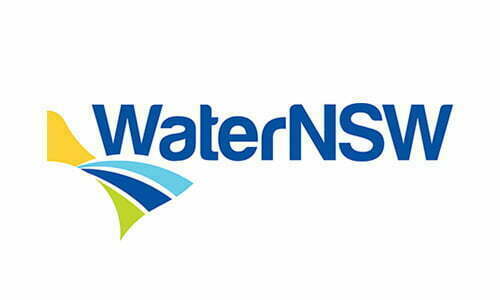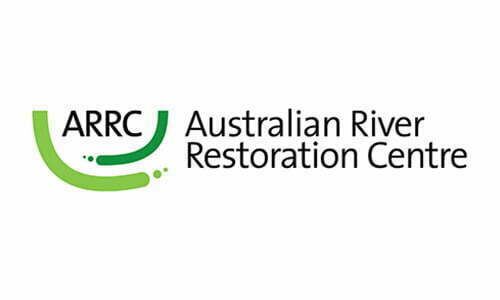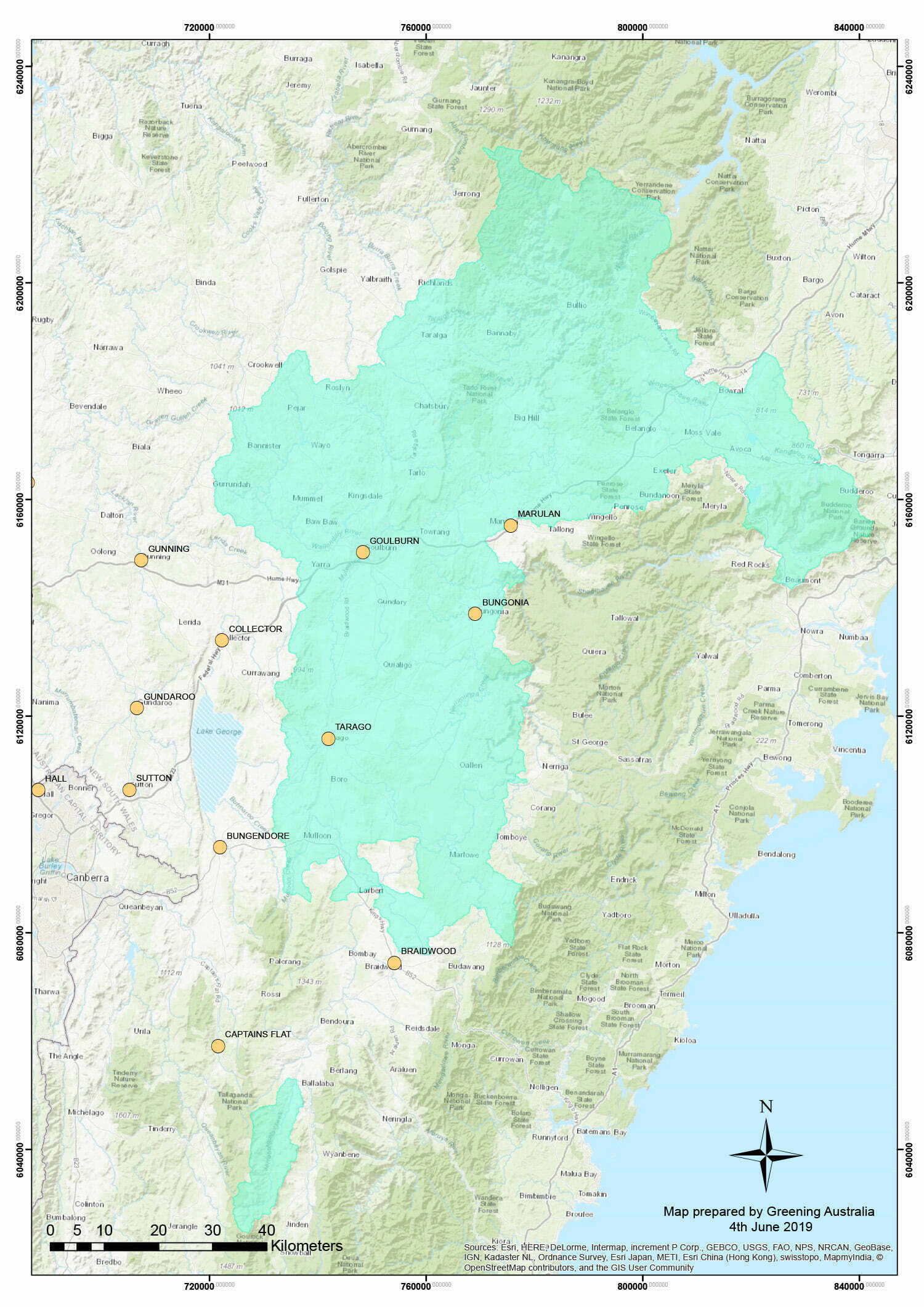The land alongside your waterways is probably the most productive on your farm, but it is also the most vulnerable to the damaging impacts of stock.
Thanks to its deeper soils and higher moisture content, riparian land often has good, green feed when the rest of the farm has dried off. It probably seems counter-intuitive, then, to restrict stock from your riparian land. Riparian areas are, however, easily damaged by stock that eat and trample the vegetation, destroy the soil structure, and release large amounts of dung and urine in and around the waterway.
Some of the problems that can develop as a result of not managing stock around waterways include poor water quality from sediment mobilised by stock trampling and effluent going directly into the stream or creek, erosion, lack of vegetation cover, higher stream temperatures as a result of no shading trees, shrubs and grasses, and threats to stock getting stuck in mud or stranded in floods.
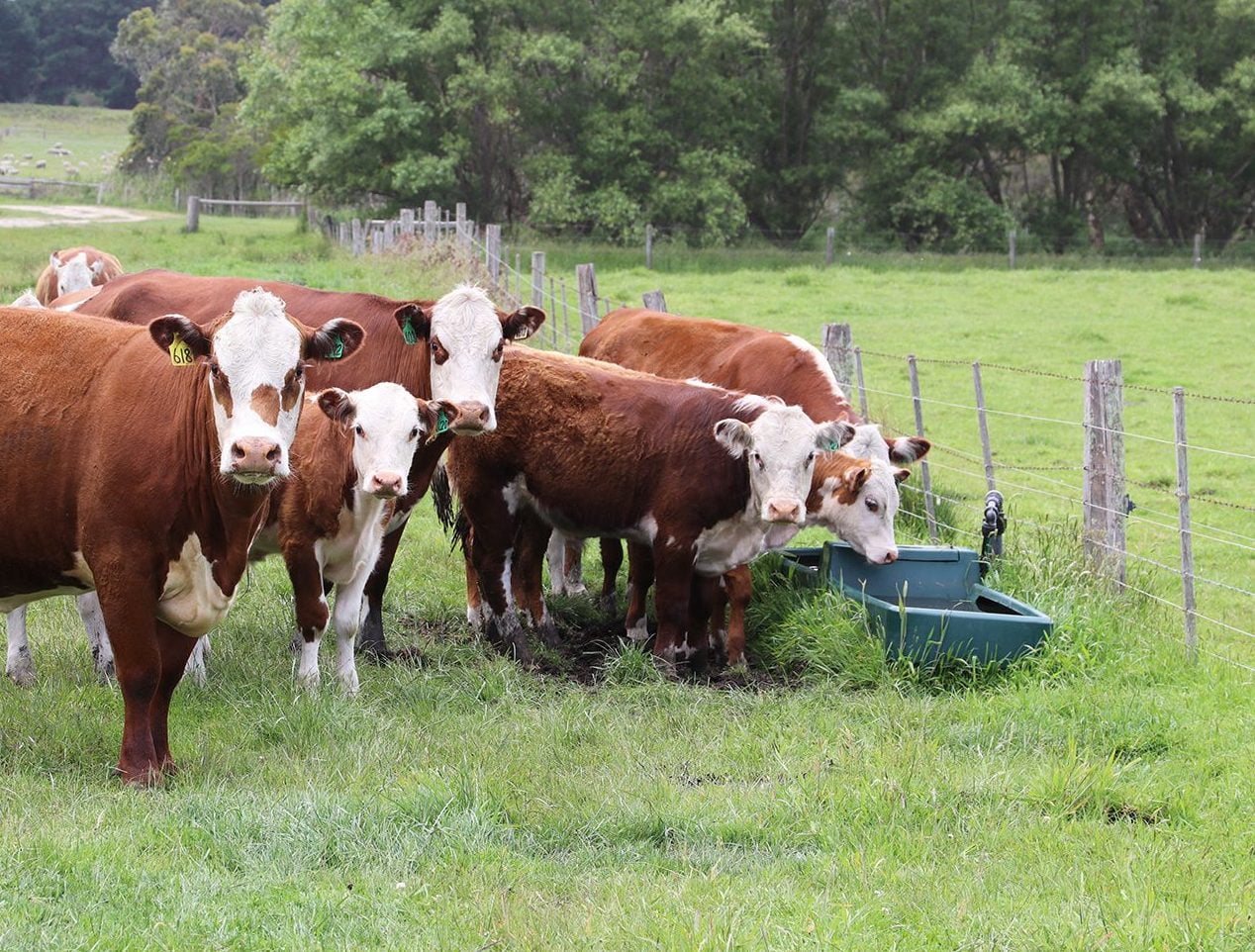
How we can help…
We know how important it is to manage stock around waterways and through our Rivers of Carbon program we can help. We will visit your property and work with you to develop a plan for your waterway that may involve some or all of the following:
![]()
Fencing of riparian areas
![]()
Protection of riparian areas
![]()
Planting of new trees
![]()
Small-scale erosion works
![]()
Off-stream watering
![]()
Activities to engage community
Once we have an agreement in place on what we want to achieve together, we generally cover at least half of the costs involved in implementing the agreement.
Some of our work:
National Tree Day 2019 planting out on Keith Gray’s property to protect and restore swampy meadows on his property at BawBaw.
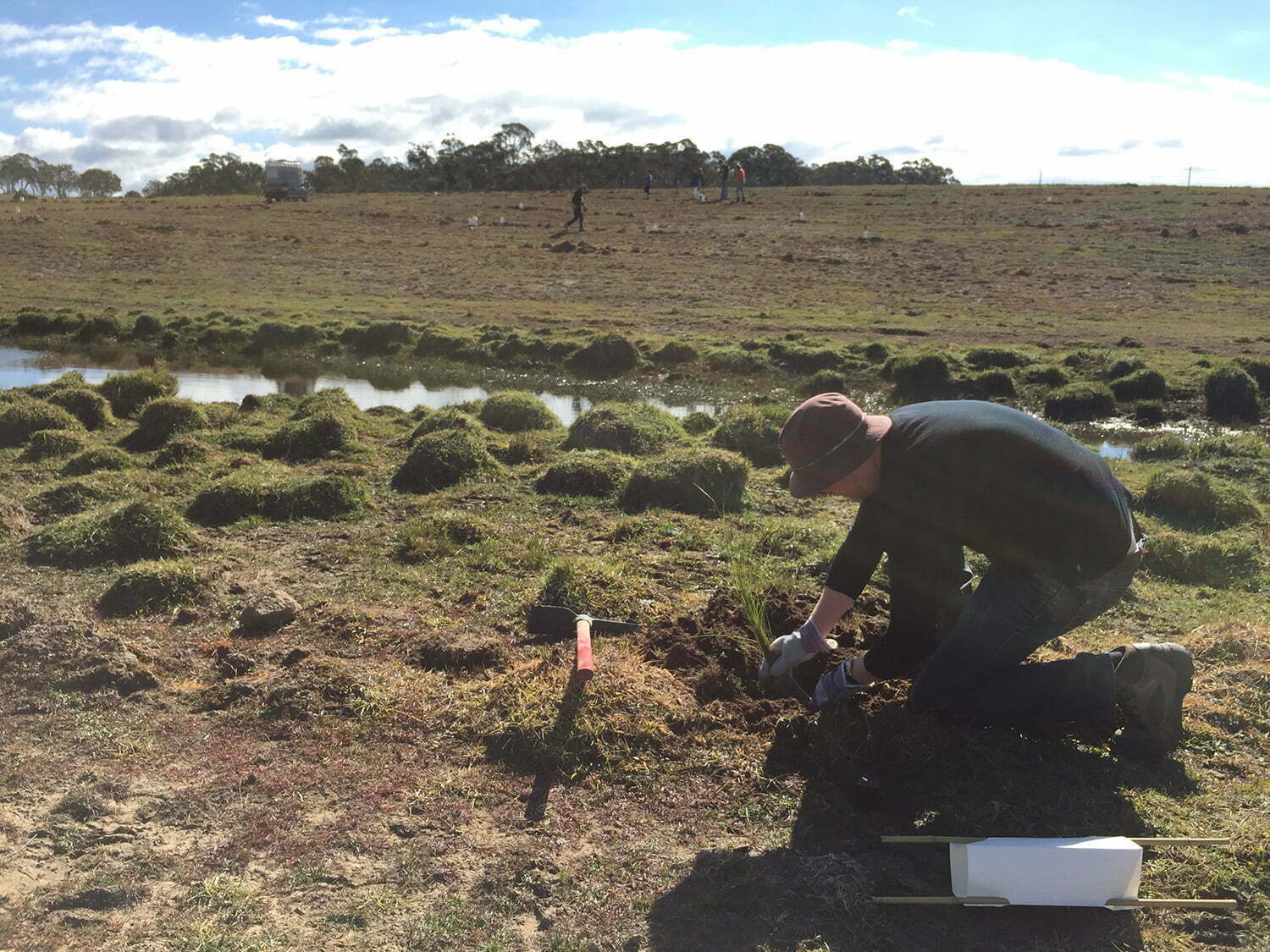
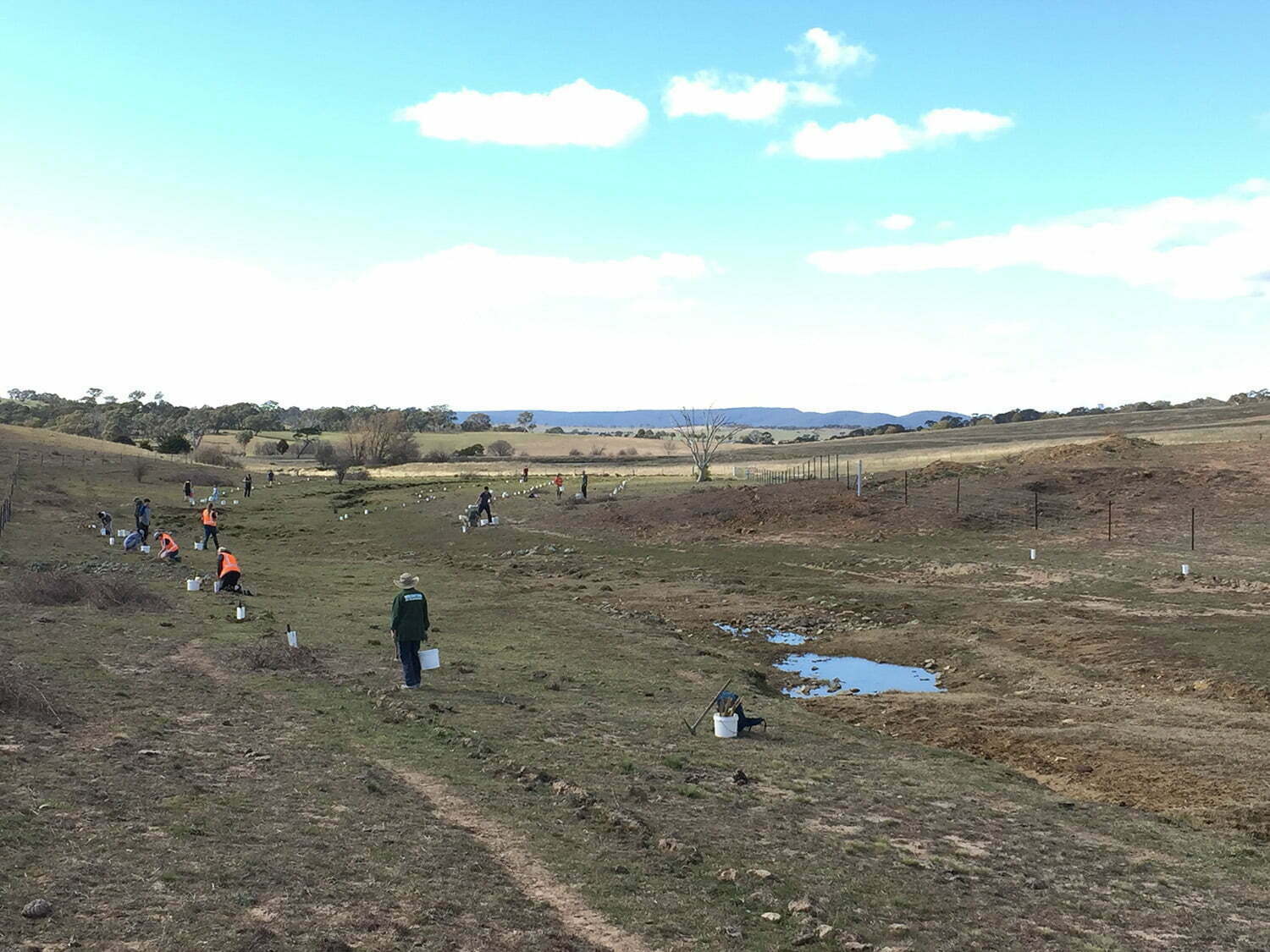
Landholder Nic Huggins explaining why he is a part of Rivers of Carbon:
“Once a landscape of interconnected riparian systems around Lake Bathurst, the area now has eroded gullies and saline ground. Working collaboratively on our land with Rivers of Carbon we are contributing to Jacmarall Farm’s long-term plans, […], by recreating connected riparian zones/ecosystems with fencing for stock,and providing renewed habitat for threatened native flora and fauna […]. It will establish tree belts and corridors to slow the wind and establish greater ground cover, improving water runoff.”
Speak with us
We would be delighted to hear from you. If you are within the Sydney Water Catchment learn more about the Source Water Linkages project.
Our work is being funded through our partnership with WaterNSW.
